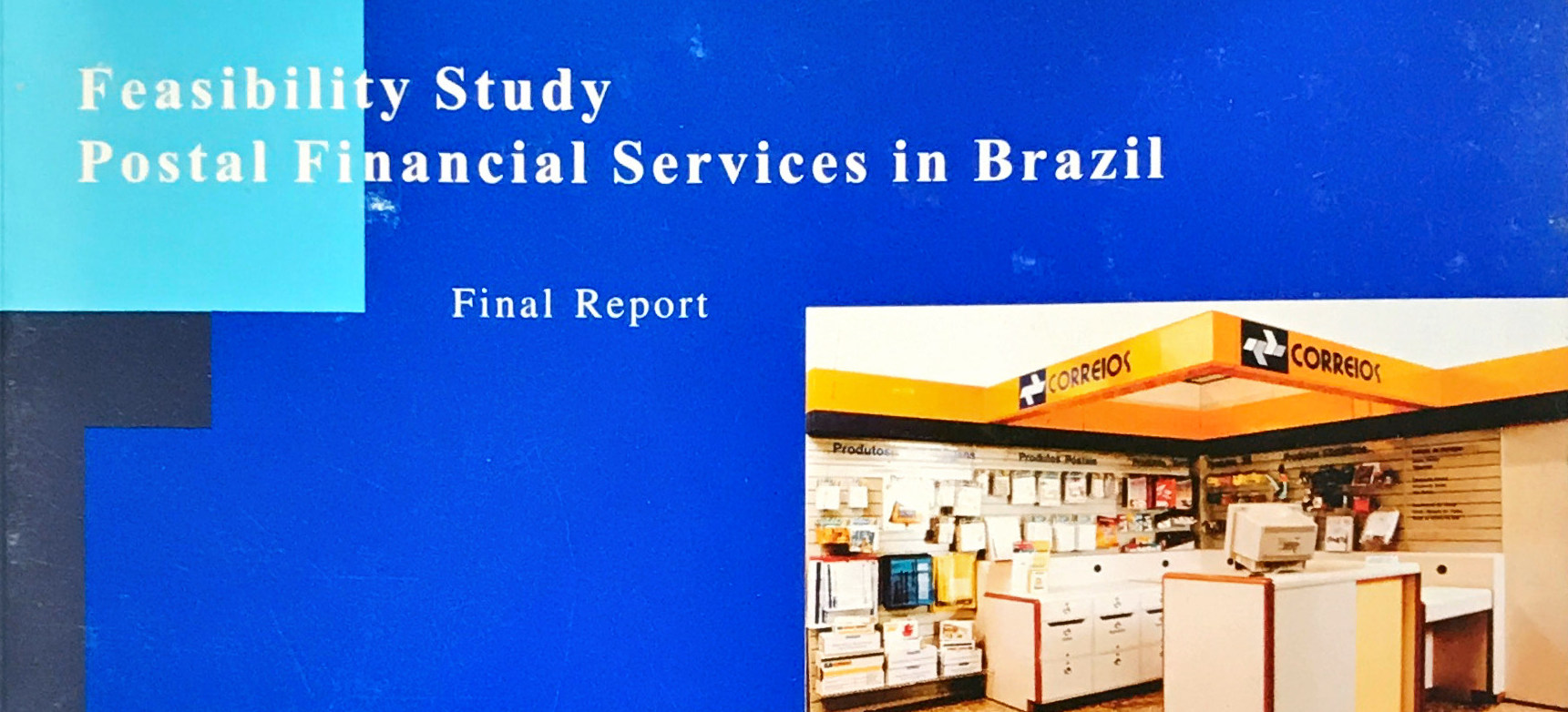There are nearly 500,000 post offices in developing countries. A truly unique retail network. Why not use it to bring banking services to people who are as yet unbanked? Brazil leads the way.
No matter where you travel, a post office is always around the corner. Mail has been around for centuries and almost all countries around the world, even the poorest, boast a close-knit network of post offices. And here is the best news: more than 80 percent of the world’s post offices are located in the countryside. This makes them exceptionally suitable for delivering financial services to rural areas of poorer nations.
Postal networks have a long tradition in rendering financial services. As early as the 19th century, European governments arranged the establishment of postal savings banks and postal giro institutions. Private banks failed to provide secure deposit and payment instruments to the public, and post offices filled the gap. In most developed nations, postal banks grew into fully-fledged financial institutions.
These days, postal networks provide on average 33 percent of the physical points of access to the financial sector in mature economies. They process on average 30 percent of the volume of payments and hold 15 percent of household savings. In developing nations, the postal networks play a significant role too. A World Bank study undertaken by ING revealed that more than 600 million people in 68 developing countries use the post offices for financial services. Together they made 3.4 billion money transfers and held 370 million postal savings accounts with a total balance of more than USD 90 billion. Truly mind boggling figures. But the untapped potential of the postal networks to provide banking to poor rural communities, is even bigger.
In nearly all countries included in the research, some attempts are made to reform post office financial operations. Most want to expand the range of services with electronic payments, credit, mutual funds and insurance. Yet the very broad diversity in market conditions and regulatory and institutional environments call for specific approaches. These, experience shows, are neither simple nor easy to implement. Mainly because of the complex institutional environment of the postal networks. Usually, postal financial services operate outside the reach of financial sector regulations. With a few exceptions, postal networks are not connected to (automated) clearing-houses, even though the postal networks process more than 50 percent of domestic small-value payments. Postal financial services in developing countries tend to enjoy several specific state privileges such as deposit guarantee and tax exemption. In return, postal deposits are mainly used to finance government deficits. As a result, reform is slow.
Until now, postal reform is not a priority on the development agenda of the World Bank, nor is it a primary concern of most governments. In more than 95 percent of all cases, postal retail networks and postal financial services are an integral part of a postal conglomerate offering a wide range of products such as mail, parcels and a retail network. Management is responsible for the whole of operations, not for lines of business. This means financial services are often not a priority and cross-subsidy practices are common. This especially applies to countries where postal organizations are operated as a government department.
What can be done about this situation?
First, a market analysis is needed. This would encompass a diagnosis of the postal network and its performance, a definition of required improvements and the design of a market strategy. Where available, long-term partnerships could be sought with other financial institutions. ING s study shows that private financial institutions in many countries want to form a partnership with the local postal operator. Such a partnership would have the purpose of providing a broad range of financial services through post offices. In 15 countries public-private partnerships for postal banking have already been implemented. Within the past decade, these partnerships have served more than 12 million – previously unbanked – people on a competitive basis.
Small implementation steps, such as building model post offices and testing new financial services in pilot-projects, should follow this phase. Or launching new, yet simple services such as international remittances on a nationwide scale. Brazil is a very good example of a country where such a project was implemented successfully. Banco Postal The Banco Postal program is a long-term partnership between ECT Correios (Brazilian Post) and a private sector bank, Bradesco. The program is operational since 2004 all 5500 state-owned post offices provide a basic package of financial services. This includes ATM cards, accounts, deposits and microfinance. As a result of the program, more than 3 million previously unbanked Brazilians now have access to financial services, and keep a Banco Postal account.
The postal bank is now the fastest growing bank in household savings and small-value payment processing. It is market leader in microfinance, with more than 250,000 contracts closed. Banco Postal is also connecting to more and more international payments systems, such as Eurogiro and SWIFT, to facilitate transfer of funds by migrants. Plans to introduce insurance and pension products are at an advanced stage. This program was prepared between 1998 and 2002 with assistance of the government of Brazil. A team of 25 experts led by ING Postbank undertook a comprehensive research-program. It ranged from nationwide public research regarding consumer preferences for basic financial services, a detailed diagnosis of the ECT Correios and an analysis of the Brazilian payment system and banking sector. Subsequently, strategic opportunities were identified for developing postal financial services.
A stakeholder process involving the government, central bank, postal authority, trade unions and banks was undertaken. This lead to a change in the banking law allowing post offices and other retail outlets in Brazil to act as agents for financial institutions. It also provided input for refining the institutional model and business case of post offices. In 2001, ECT Correios invited banks to bid for the Banco Postal program in the form of a long-term – 8 years – contract. The government’s motivation to use the postal network for the delivery of financial services stemmed from the concern that more than 2200 mostly rural municipalities in Brazil were entirely excluded from access to banking services. The government wanted to improve this situation by using the ubiquitous post offices as a retail network.
Looking back, one can only conclude that this plan has worked.




